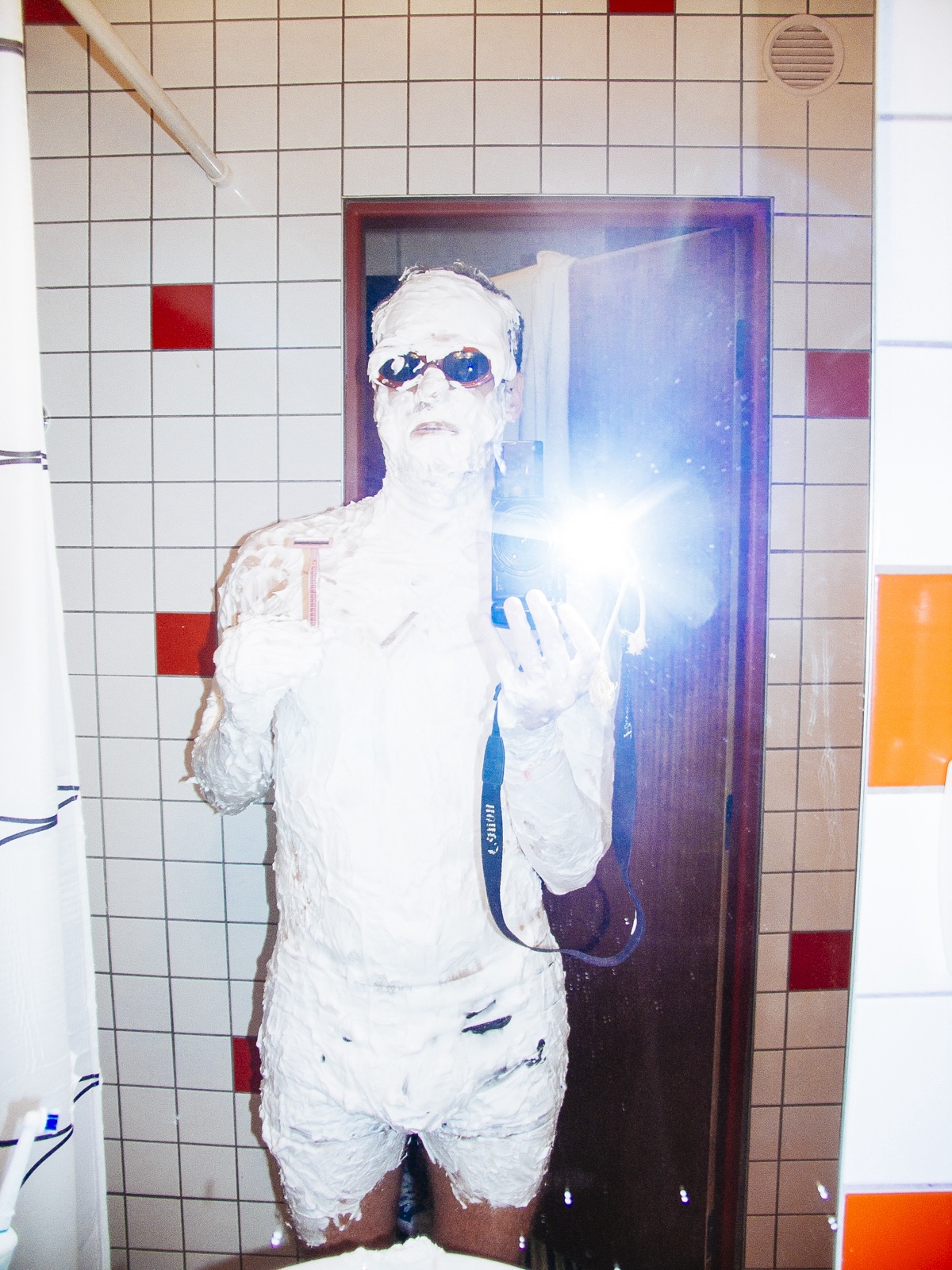From the series Made in Poland © Karolina Wojtas
A group show put together by a Polish and a Hungarian curator, European Kinship: Eastern European Perspective picks out a shared sensibility across Eastern Europe – and beyond
“Sometimes these concepts are so complicated – and also so narrow, in the sense that academics, myself included, work on such tiny parts of the debate,” says Wiktoria Michałkiewicz. “But these are questions that apply to everybody, so these are discussions that everybody should reflect on, because they have such broad social implications. This is why I started working with photography, because it’s an internationally understood visual language, and we can use exhibitions as a starting point for wider debate.”
We are discussing European Kinship: Eastern European Perspective, a group show which Michałkiewicz, an independent multidisciplinary curator, editor and cultural connector, and founder of REZO, has curated with Emese Mucsi. Mucsi is an art writer, editor, lecturer and curator of the Robert Capa Contemporary Photography Center in Budapest, and the exhibition is taking place at the institution, in collaboration with Adam Mickiewicz Institute, including 10 artists and two collectives from or based in Poland and Hungary, and considering the existence of a wider Eastern European cultural identity. The show is divided into six chapters, each represented by two image-makers – Transition (Sputnik Photos and Pictorial Collective); Space (Katerina Kouzmitcheva and Júlia Standovár); Identity (Ilona Szwarc and Anita Horváth); Spirituality (Agnieszka Sejud and Zsuzsi Simon); Grotesque (Ada Zielińska and Szabolcs Barakonyi); and Post-Nostalgia (Karolina Wojtas and Éva Szombat).
As these chapters suggest, European Kinship explores many complicated social and political themes, but running through it are questions of commonality and shared experience in this region. The immediate impetus for the exhibition is the Polish presidency of the Council of the European Union, which started on 01 January and continues until 30 June, and is themed ‘Solidarity’, but feeding into the show are discourses and lessons of previous projects such as the exhibition Eastern European Beauty – Contemporary Fashion Photography & the Eastern European Aesthetic, which Mucsi curated at the Capa Center last year. “It’s considering what’s characteristic of Eastern European visual culture, what meanings it can assume in the international photography and/or cultural scenes,” says Mucsi.
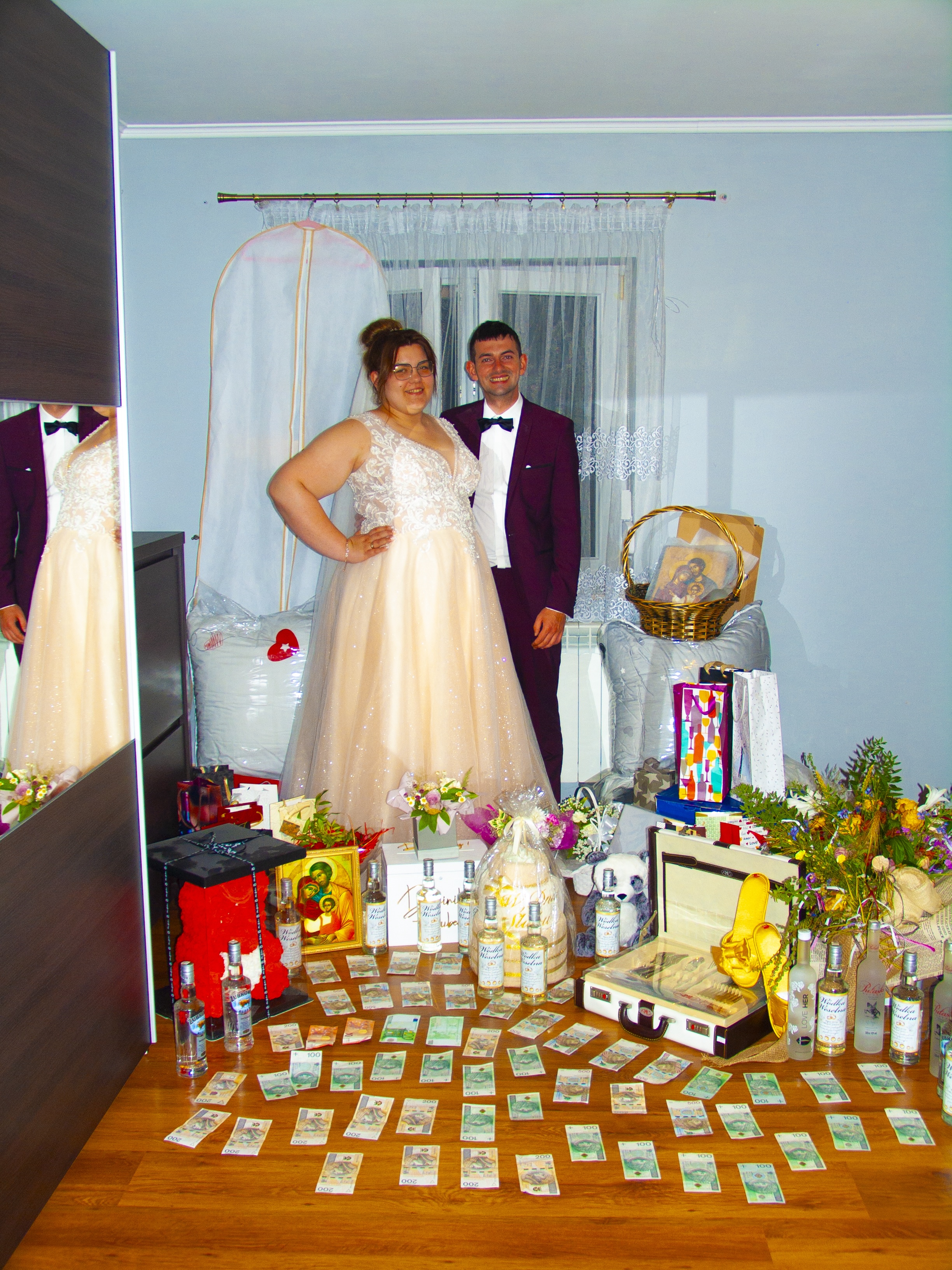
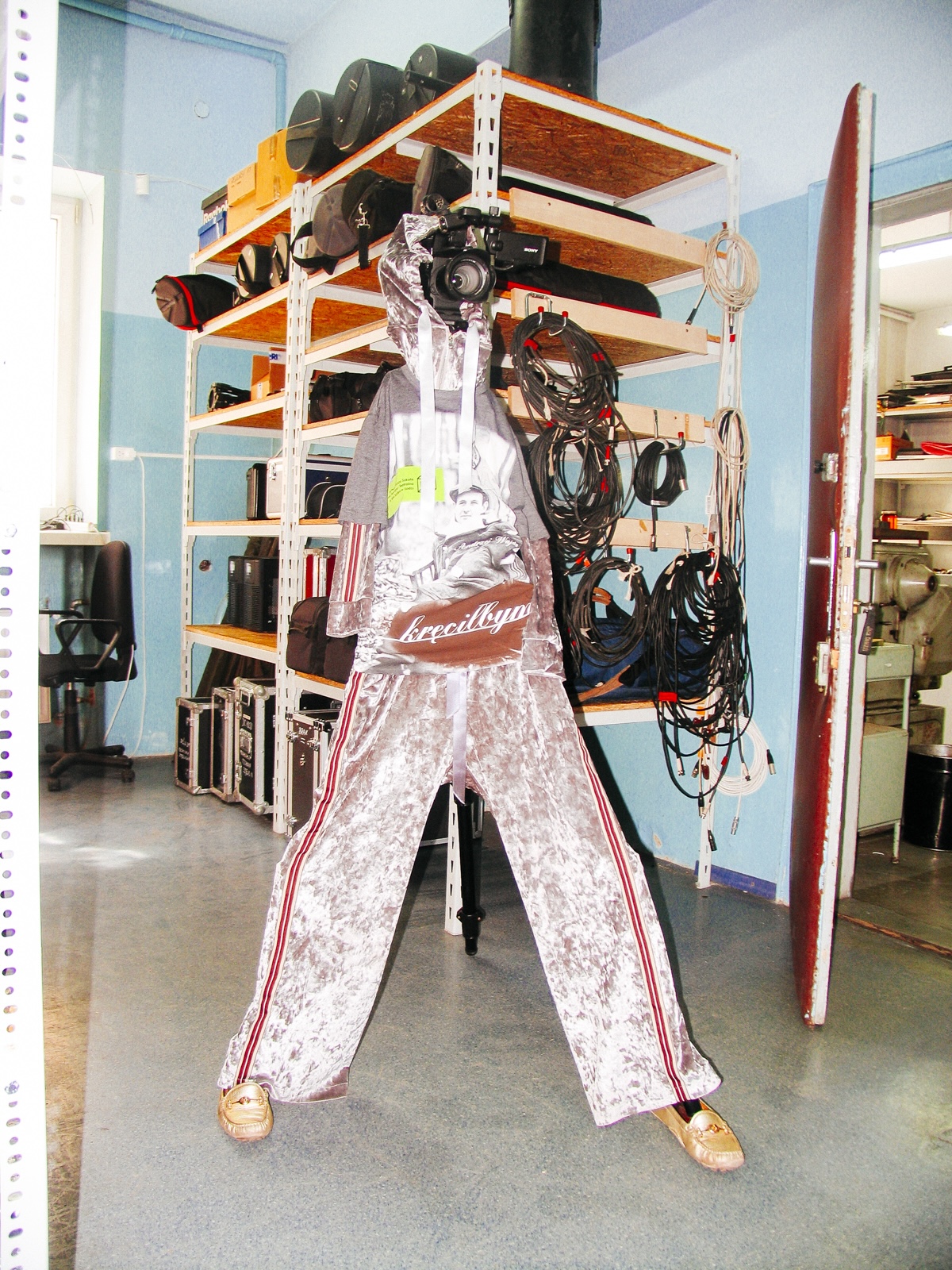
“It’s considering what’s characteristic of Eastern European visual culture, what meanings it can assume in the international photography and/or cultural scenes”
– Emese Musci
“It’s present in art, and documentary, and fashion, if we think about Demna Gvasalia [the Georgian creative director of Balenciaga]. Partly it’s the fact that Eastern European artists are not in the spotlight of the international art scene which can create a difficult situation for creators and artists economically – but as a side effect there isn’t much pressure from the market, so they have incredible creative freedom, their imagination is unhindered. This nonconformist attitude is now especially inspiring and liberating for the artist and active members of the cultural scenes further West [who are] operating in a system over-regulated by the attention economy and the market.”
There is also a wealth of shared history between Eastern European countries, because of their proximity, the historic fluidity of their national borders, their ethnic diversity – which goes beyond national borders – and their experiences of the Soviet regime (and its collapse). Some of the projects in European Kinship play with the material culture of that shared history, with Kouzmitcheva literally comparing concrete housing blocks across the region, and both Horváth and Szwarc including traditional headscarves in their work. But these series are complex – Kouzmitcheva is a Belarusian based in Wrocław, Horváth has Roma heritage, and Szwarc now lives in the USA – and Michałkiewicz and Mucsi have also dug deeper, including shared psychological responses to these environments.
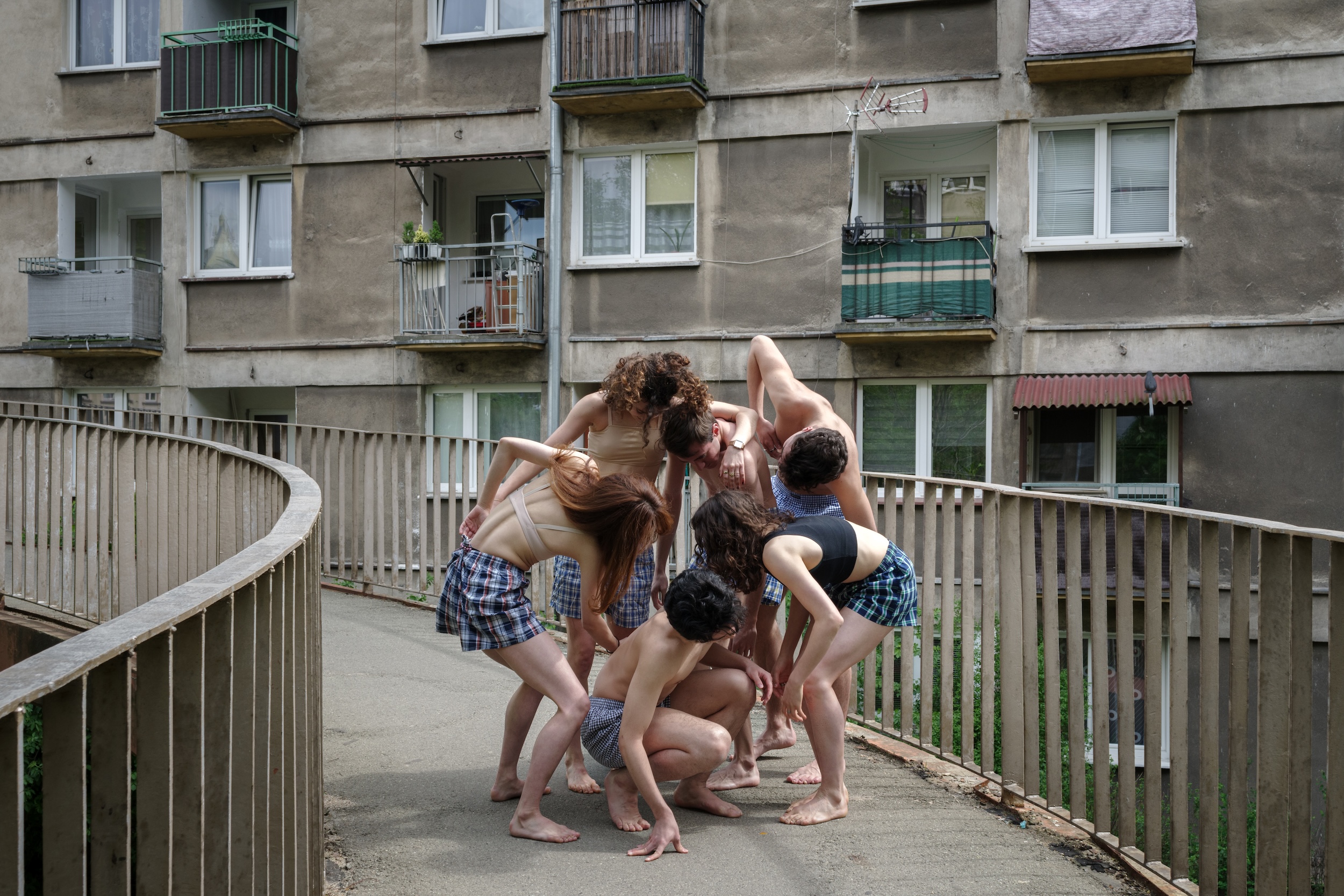
Kouzmitcheva’s work has been paired with Standovár’s Kinky Concrete, for example, which shares the physical material as a starting point but explores relationships, intimacy and sexuality. Other chapters hone in on mental states, exploring what Michałkiewicz and Mucsi posit are peculiarly Eastern European absurdism, or metaphor, or irony. The section on Spirituality nods to Poland’s well-documented adherence to Roman Catholicism, for example, via Sejud’s HOAX, but it also considers belief systems more widely than Catholicism alone. Sejud deals with fake news and propaganda as well as the Church’s grip on ideology, and has been paired with Simon’s series on the female body and expectations of women’s work and femininity. Simon’s And yet we still keep on living… includes a simple broom, for example, used for both housework and to suggest a witch; it also includes the artist, her mother, and her grandmother, nodding to longer, transgenerational traumas.
The chapter Post-Nostalgia taps into what Mucsi and Michałkiewicz see as the euphoric response to the end of Soviet domination, meanwhile, with Szombat’s images evoking the early 1990s aesthetic of that time – and suggesting a new desire to return to its sheer optimism, against dark scenes in Ukraine, Palestine, and beyond. Wojtas’ Made in Poland shares Szombat’s vivid palette but takes national stereotypes to task, picturing individuals posing with sausages, or modelling hyper-femininity, or lying on the ground with chickens. “Poland has been occupied for many, many years, so this culture of resistance has always been strong and very layered,” muses Michałkiewicz.
“Specifically, before the regime change, artists were censored, so they couldn’t state things directly,” she continues. “They had to find other ways to express themselves, through irony or metaphor. More recently, artists have more explicitly taken a stand on limits to women’s reproductive rights, or LGBTQI rights, but Wojtas has also reflected more widely about discipline, about how we are formed by the system, through very playful, colourful work.”
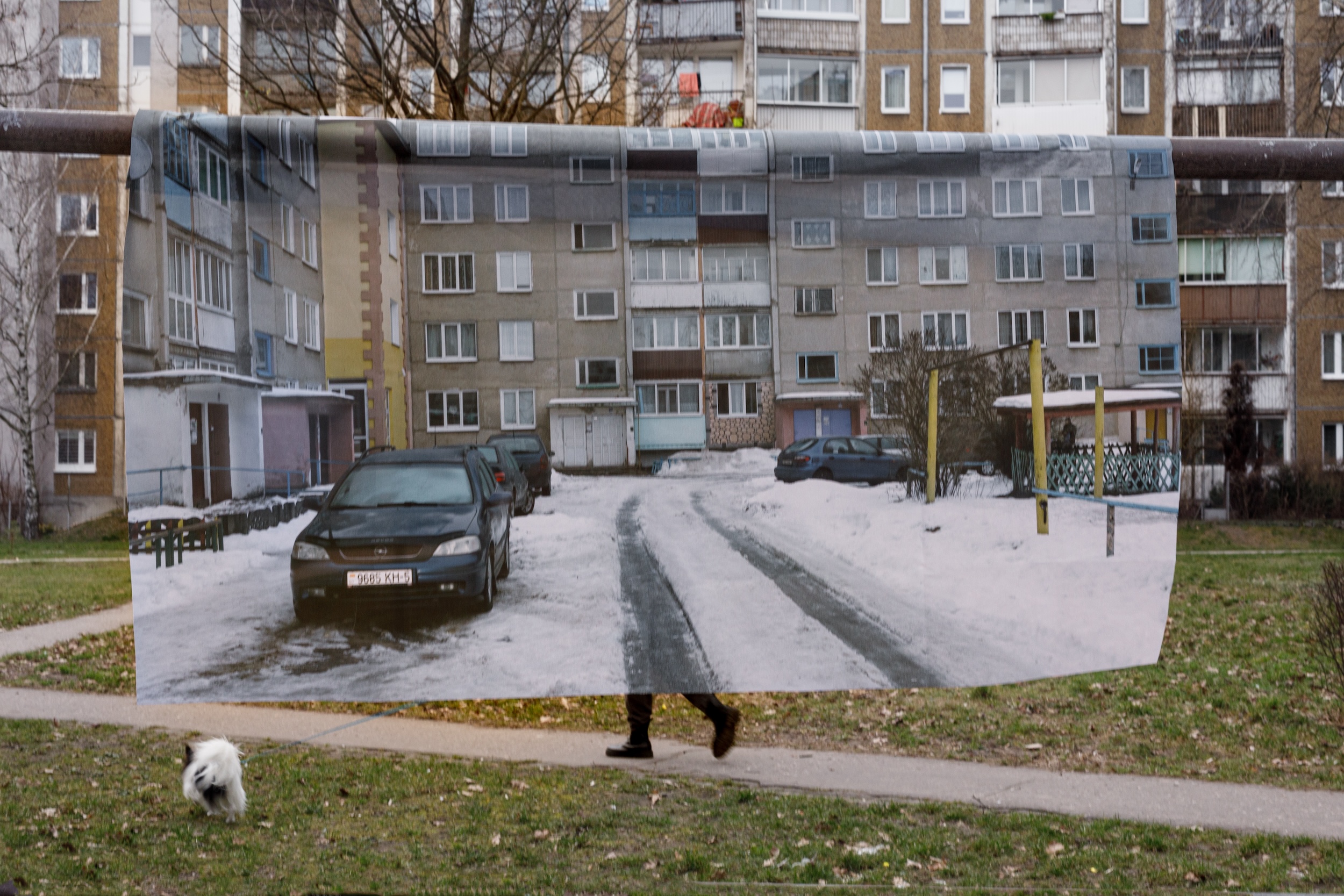
Similarly the chapter Grotesque suggests what István Virágvölgyi, artistic director of the Capa Center, identifies as a peculiarly Eastern European perspective via Zielińska’s endearingly unhinged images of torched cars, and Barakonyi’s Fine, Thanks!, which documents highly-choreographed public events, and the gap between their authors’ intentions and the audiences’ responses. “We are in constant dialogue with our curatorial colleagues at the Capa Centre about the cultural situation in the region, which is part of our mission and defines our exhibition programme policy,” says Mucsi. “Virágvölgyi’s theory is that the grotesque was something common to European film and literature, but that it is not really in contemporary work – except in photography, where it is continuing.
“But I think it’s worth adding that Barakonyi’s work is documentary in principle, and that photography has an important role to play in documenting transitions,” she adds, pointing to the other documentary projects in European Kinship. The exhibition opens with the chapter titled Transition which includes two group documentary projects, for example – Lost Territories by Sputnik Photos, in which six image-makers systematically map out the former Eastern Bloc; and Residents of Streets Named After Poet Sándor Petőfi by a group from the Pictorial Collective, which documents people across Hungary, living on roads named after the celebrated national poet – a key figure of the Hungarian Revolution for national independence in 1848.
“They’re capturing these huge sociological overviews of how people are living,” says Mucsi. “And I think it’s a super interesting phenomenon with a lot to show about how these transformations worked, and how these new values were interpreted and adapted in Eastern Europe – how, for example, capitalist logic, and the logic of advertisement, was adjusted in a unique way in the villages, which also gave rise to a specific ‘glocal’ aesthetic and customs. Sometimes it’s very authentic, charming and humorous. Photography can preserve certain states of a system change, and can also show us how and at what rate the world is changing around us.”
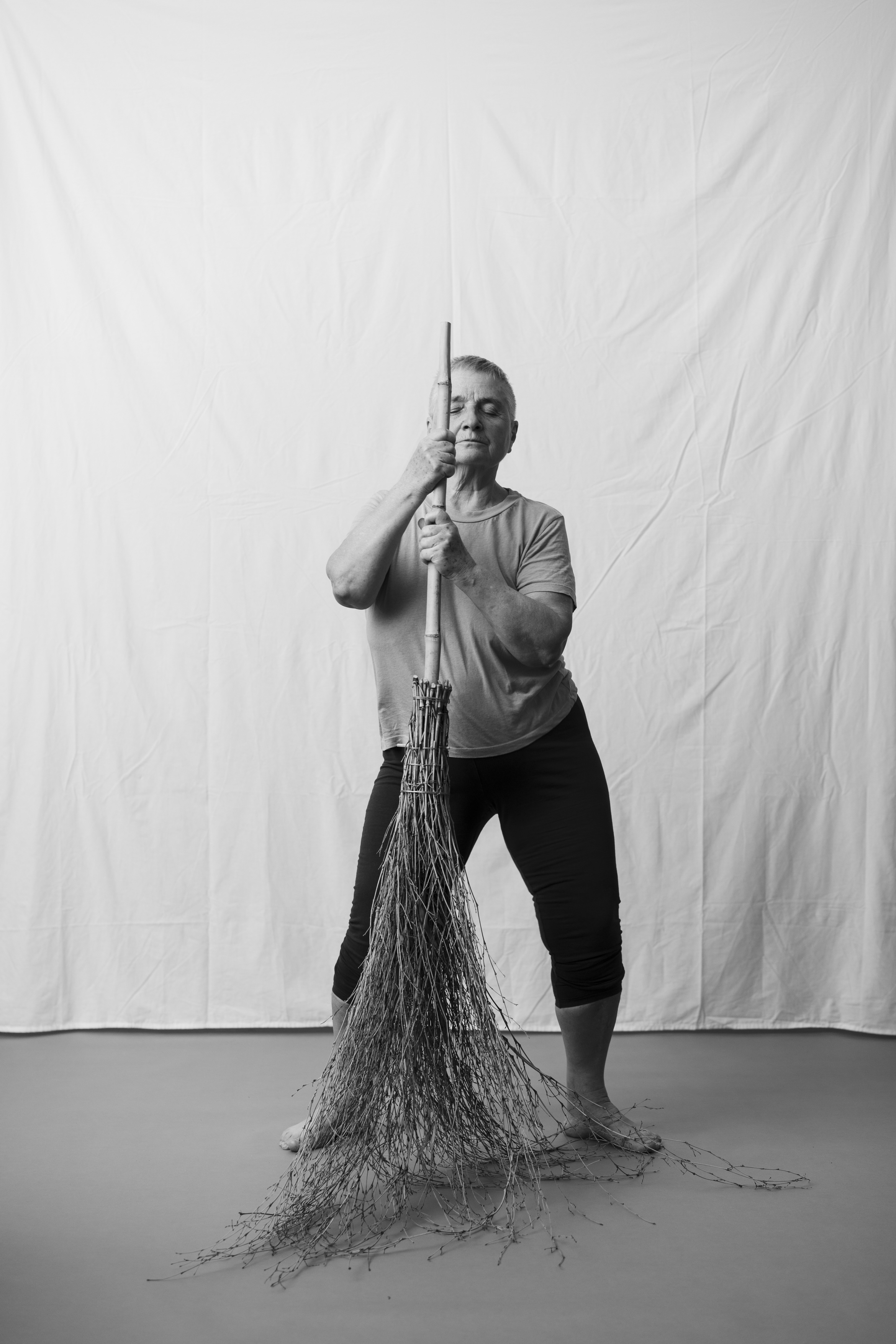
Part of what they are capturing is the creation of national identity – or collective identity under wider groupings such as Eastern Europe or Europe – and for Michałkiewicz this is an important strand in the show. Her PhD considered the historical and contemporary context of the rise of right-wing nationalism in Sweden and she points out that, historically, nationalism might have read differently in Eastern Europe, where it contributed to the independence of the nation states in the beginning of the 20th century. This sentiment was especially strong in Poland, which was occupied for 123 years, and then struggled for freedom from the USSR’s sphere of influence in the 1980s–90s. But more recently, nationalism has shifted, and driven polarisation.
Neither Poland nor Hungary were part of the Soviet Union, but this shared history and the multicultural character of the region contributes to a sense of fellow-feeling with nearby countries, she says, adding that many felt an almost instinctive solidarity for Ukraine when Russia launched its full-scale invasion. “There was a wave of support in Poland, almost a physical reaction from your body that you know this, you have already lived it before,” she says. “Across Eastern Europe, we have a really complicated history, country-wise, but then somehow collectively, we understand each other and have this unspoken solidarity. It’s a question of how we imagine our commonality, our common past, but even our approach to speaking about our feelings is similar.”
Acknowledging this, Mucsi and Michałkiewicz have also organised a satellite exhibition at the Polish Institute in Budapest, which is close to the Capa Center; titled Book of Long Objects, it shows still lifes by Ukrainian artist Lia Dostlieva, paired with lyrical, fairytale-like text. Tracing three generations of one Ukrainian family, it tracks the series of wars and occupations to have befallen the country, from the Soviets, to the Nazis, to an independent Ukraine, to the current war. Drawing on intimate details, this is history as seen by an individual, however, which also suggests ongoing stories of female resistance.
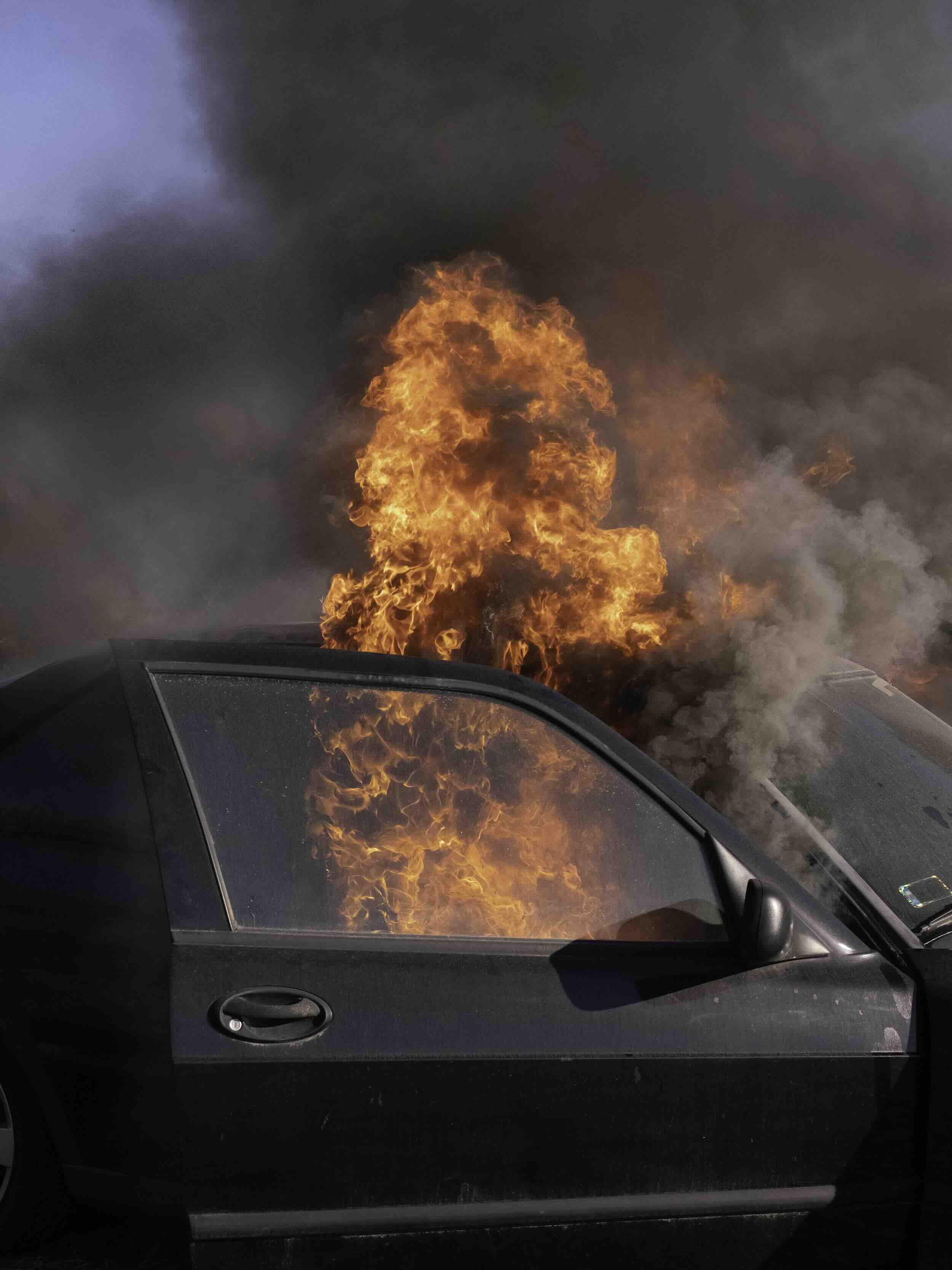
And, say Michałkiewicz and Mucsi, this kind of sensitivity to regimes and regime change is part of what artists from Eastern Europe can offer – because it gives them insight into our complicated current world. “I feel our complex history is an advantage at this point, because artists here deeply reflect on reality,” says Michałkiewicz. “The world is very complex and becoming more and more complex; these artists have a way of thinking that originates in this complexity, that they have had to manage from the very start, because we are all embedded in it.”
Artists from Eastern Europe have long been overlooked and, while that has afforded them creativity, it has also denied them support. They richly deserve more attention, across wider Europe and beyond – and fortunately, says Michałkiewicz, there have been significant shifts in this direction, particularly over the last 10 years. Grassroots initiatives started by a few passionate people have blossomed into international events, and new venues and landmark exhibitions have opened (including the Museum of Modern Art’s long-awaited permanent home in Warsaw, designed by architect Thomas Phifer, and the new wing of the Capa Center in Budapest, built to house the world’s first permanent exhibition of Robert Capa’s life’s work, The Photojournalist Robert Capa). Commercial initiatives are also growing, attracting audiences from all over the world.
“In spite of the political circumstances in the region, in spite of the Russian invasion on Ukraine, there is a new wave of cultural dynamism in Central and Eastern Europe,” says Michałkiewicz. “It shows the creative approach to every opportunity that these societies have been introduced to, their growing diversity, and their incredible resilience, and this is also what we want to show in this exhibition. The young generations feel less or even no distinction between European and Eastern European identity per se, they creatively reflect on their heritage and on current affairs, and play with the stereotypes with boldness and confidence. And looking at the economy, development of creative industries and dynamism of these societies, it feels like Eastern and Central Europe are less in the ‘East’ and more in the heart of Europe, more than ever before.”
European Kinship is on show at the Robert Capa Contemporary Photography Center, Budapest, from 12 March 2025.
This article first appeared in a special project of the same name, published alongside BJP Issue 7921 and co-organized with the Robert Capa Contemporary Photography Center, Budapest and with the Adam Mickiewicz Institute as part of the international cultural program of the Polish Presidency of the Council of the European Union, 2025.
The project was co-financed by the Polish Ministry of Culture and National Heritage.


